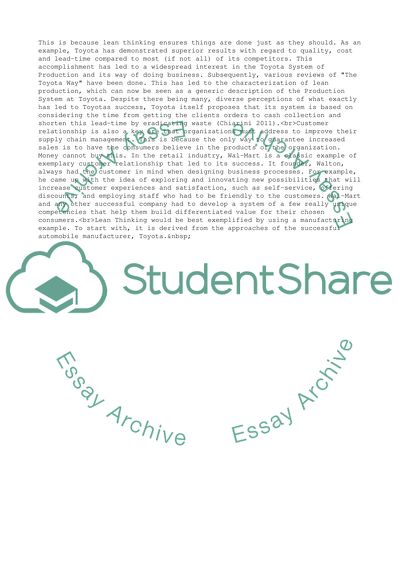Cite this document
(Logistic System Research Paper Example | Topics and Well Written Essays - 3500 words, n.d.)
Logistic System Research Paper Example | Topics and Well Written Essays - 3500 words. Retrieved from https://studentshare.org/management/1775190-logistic-system-case-study
Logistic System Research Paper Example | Topics and Well Written Essays - 3500 words. Retrieved from https://studentshare.org/management/1775190-logistic-system-case-study
(Logistic System Research Paper Example | Topics and Well Written Essays - 3500 Words)
Logistic System Research Paper Example | Topics and Well Written Essays - 3500 Words. https://studentshare.org/management/1775190-logistic-system-case-study.
Logistic System Research Paper Example | Topics and Well Written Essays - 3500 Words. https://studentshare.org/management/1775190-logistic-system-case-study.
“Logistic System Research Paper Example | Topics and Well Written Essays - 3500 Words”, n.d. https://studentshare.org/management/1775190-logistic-system-case-study.


